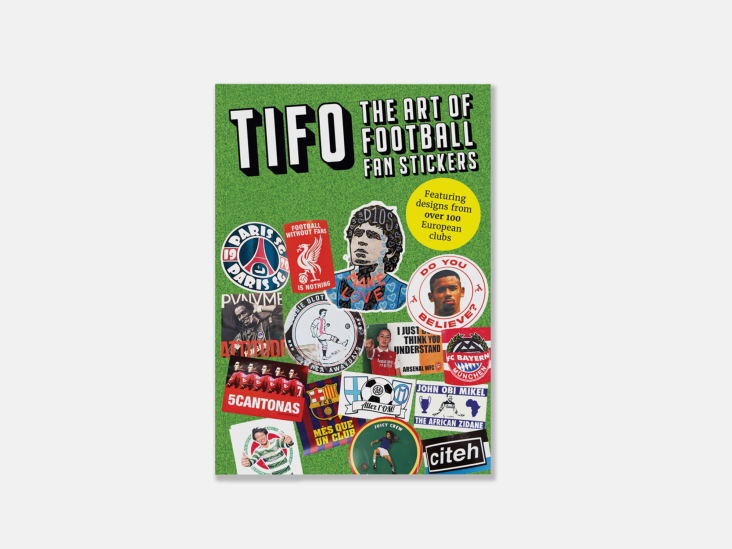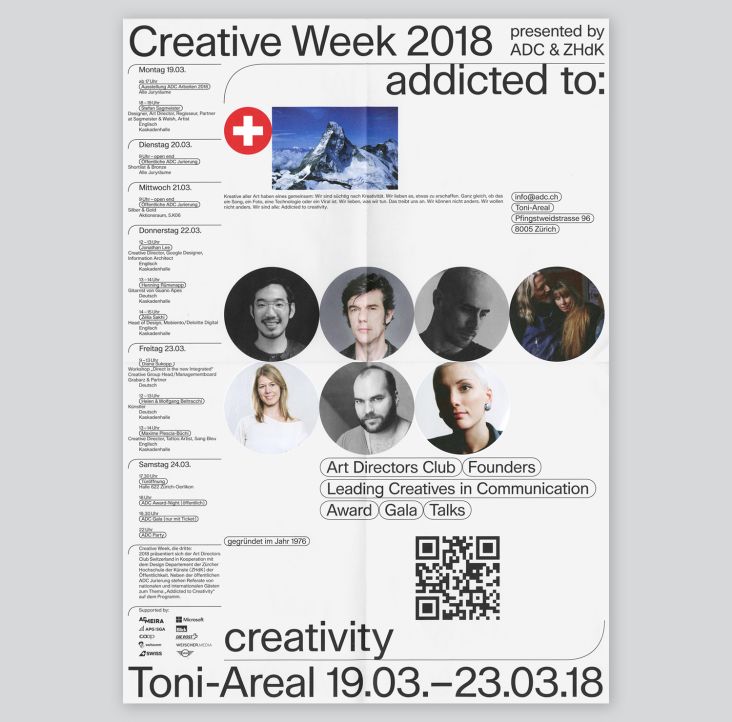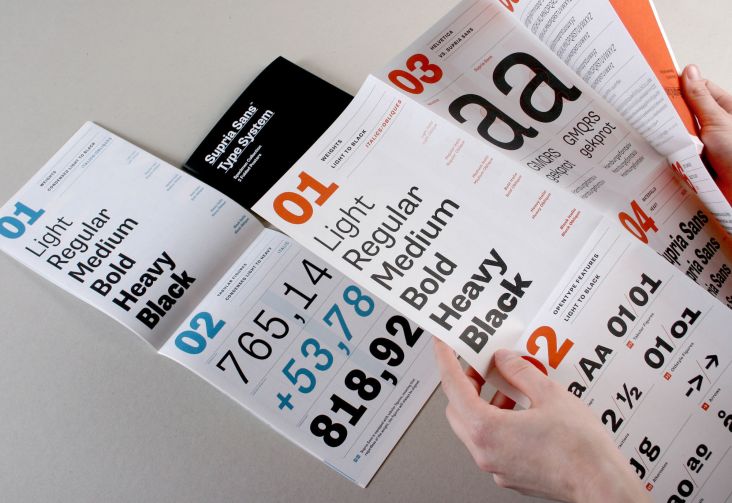Taking the Pitch: how to establish new rules of engagement and win the right work
Continuing our quest to share wisdom and insight from the creative industries, this week's tips article is brought to you by Mark Davis, Creative Director of integrated branding agency me&dave. Without further ado, Mark, it's over to you.

Image licensed via Adobe Stock
No decision should take more than three weeks. But four weeks have passed, and all those unanswered emails and non-committal responses have punctured your initial enthusiasm. Finally, the cookie-cutter response: “Thanks for your presentation, but...” Sound familiar? If not, you’re one of the lucky ones.
The pitching process is broken. It’s not good for clients; it's not good for branding agencies. And it's not great for the creative process, either. So, what can agencies do to avoid the ‘pitchfalls’ and win the work they want?
1. Is there chemistry?
Before you can even consider pitching, you have to establish something straightforward: do we like each other and are we compatible? This is why a chemistry meeting is vital. The objective here is not to settle for a one-time thing, but to explore the possibility of a future with a prospective partner. It’s important to chat face-to-face to see if there’s a spark. If there isn’t, the chances are neither of you will want to go ahead anyway. It’s nothing personal.
Superficial relationships can slide towards a lack of collaboration, which in turn leads to unsatisfactory results and a breakdown in communication. The missing ingredients of mutual respect and chemistry mean the whole thing starts to taste bitter. Pretty soon, a conscious uncoupling brings things to a close, and the next line up is briefed for a new job. And so the cycle continues. Is it just us who sees a problem here?
2. Is it cricket?
There needs to be a level playing field. The exercise of pitching is designed to determine whether an agency a) understands the problem and b) can respond with creative flair and originality to give a point of difference.
If agencies are given briefs at different times, without a chance to schedule or prepare, how can companies expect to get a real sense of what they’re capable of? Similarly, if the brief later mutates into something only the more resource-rich agencies can take on, then the goalposts have quite clearly shifted. Most people agree that companies shouldn’t issue extra credit assignments out of the blue.
Of course, not all agencies are created equal, and some will have the advantage of bigger teams and more resources but, as a small agency ourselves, we also know there’s great strength in being flexible and agile. A fair game lets the merits of each agency shine through and ultimately means the client can make a more informed decision. If the odds are stacked against you from the off, they won’t get any easier as things progress. Make a call early on and don’t be afraid to challenge the company if you sense things aren’t kosher.
3. Can you derail the pitch?
That said, there are ways of upsetting the pitching apple cart that aren’t unfair on your competition. According to the Design Business Association’s most recent What Clients Think report, 68 per cent of winning presentations go against the brief in some way.
It’s worth putting together a questionnaire before you agree to pitch. Is there scope to turn the brief on its head? Can you find an opportunity to elevate yourself and prove your indispensability? Clients respond to those who do (we recently learned this the hard way, narrowly losing to an agency who spied an opportunity to leverage themselves against us). The lesson from this is that we should always be looking to poke holes and reveal a better path if we can.
4. Don’t be afraid to ask
It seems basic, but so many agencies clam up when it comes to discussing pitch costs. We’re held to ransom by a buyer’s market in which free-pitching is expected. A pitch is not something undertaken lightly, and we believe agencies are well within their rights to ask for a token fee. Won or lost, putting an effective pitch together consumes vast amounts of otherwise billable studio resource, and doing it for free inevitably leads to higher sector-wide costs in an attempt to recoup lost revenue. (When companies complain about extortionate quotes do they consider this?)
5. Don’t reveal your whole hand
The final piece of the puzzle the client is looking for is: can they deliver? It’s the tense that’s crucial here: can they deliver, not have they delivered. A pitch is not where the final, polished brand is unveiled. A brief should be a direction to interpretation, not an exposition – this is where clients and agencies alike are getting it wrong.
For one reason or another, companies have been led astray, expecting to see the final formula before the recipe has even been discussed – hardly fertile ground for collaboration. Simultaneously, agencies feel under pressure to show more and more to compete with what they fear their rivals are presenting. Don’t feel you have to throw the kitchen sink at a pitch. A switched-on, experienced client should be able to see the potential in your creative from the seeds.
6. Find Mr Right
Look beyond the job and the cash flow and ask yourself: are they willing to reconsider how they tender? Companies also need to change the way they approach pitching if any serious progress is to be made.
Too commonplace is the delusion that tendering out to at least five different suitors will provide the best chance of finding Mr Right. But what they actually get is Mr Right Now. It may leave them with a capable service provider for a single project or launch. Still, they’re unlikely to find a companion with whom a stable, fruitful ongoing relationship might grow.
Yet this is becoming more typical. According to the DBA’s report, nearly a third of clients now see their agencies as suppliers rather than partners. Therefore, identify companies from the other two thirds. When clients embrace collaboration, we feel we’re working with them, not just playing "show and tell" until we get it right. They become part of a creatively rewarding process, and the end product is something to cherish. It’s these kinds of clients you need to work hard to win and, even more importantly, retain.
Realistically, nothing’s going to change overnight. We know that. But a rising tide does lift all ships, and if agencies are willing to make small changes to how they respond to tenders then perhaps, bit by bit, the pitching process will improve.
And it’s not just creatives who stand to gain here. Focusing efforts on the long-term ultimately means companies spend less time finding and re-finding partners. Consequently, projects run more efficiently, and marketing teams can crack on without distraction.
Even more importantly, it breeds a culture of reciprocated respect, where companies enjoy and value proper relationships and agencies are fairly judged and rewarded for their efforts (which would likely translate into lower overall fees across the sector).
Of course, nothing will alter the fact that sometimes you have to hold up your hands and admit you fell short. Neither are we saying there’s anything wrong with a little bit of flirting (we’ve batted a few eyelashes in our time).
All we’re suggesting is to get to know each other first. That way, speaking frankly about any rocky patches won’t be so daunting. Sprinting for 3rd base right off the bat rarely pays off in the long run.














](https://www.creativeboom.com/upload/articles/a0/a07b3fedb477d1b55709242e621f15489c765759_732.jpg)



](https://www.creativeboom.com/upload/articles/f0/f014ce633ae4b87812b6e1c12769900d7cc12e9a_732.jpeg)



